Anyone wishing to successfully assert a vindication claim to an EU patent must prove invention ownership and transfer of knowledge, ruled the German OLG Frankfurt. The evidence must be substantiated – also of co-inventors and for a product according to the invention after CE certification.
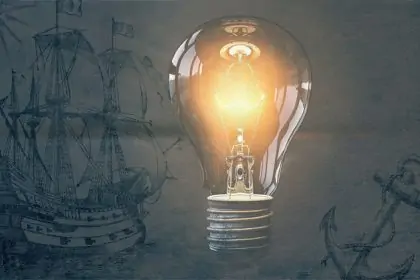 The right to a European patent is governed by Art. 60 EPC. In addition to the questions of who is entitled to a European patent (a natural person, the inventor or the inventor’s successor in title), it also regulates situations where several persons claim a European patent right.
The right to a European patent is governed by Art. 60 EPC. In addition to the questions of who is entitled to a European patent (a natural person, the inventor or the inventor’s successor in title), it also regulates situations where several persons claim a European patent right.
Inventorship – and of co-inventors?
The question of inventorship was at issue in a case decided before the Frankfurt Upper District Court under Art. 60 EPC, Art. II § 5 (1) IntPatÜbkG. Therefore, if several have made an invention independently of each other, “first come, first serve” applies. In other words, according to this Article, the right to the European patent belongs to the first person to file a European patent application – but only if this earlier application has been published under Article 93 and only with the effect of the Contracting States designated therein.
Where several have made an invention independently of each other, the right to the European patent shall vest in the person whose European patent application has the earlier filing date, but only if that earlier application has been published under Article 93 and only with effect for the Contracting States designated in the published earlier application.
This law was now applicable to a process for the manufacture of silicone implants, which was the patent in suit in this case. That patent concerned a process for the manufacture of implants or intermediates of such implants, and implants and intermediates obtained by such a process.
The facts
The European patent was applied for by the former distributor for Germany of the Brazilian manufacturer of silicone implants, after the cooperation of the parties in 2008. The patent application was not published until 7 years later, in 2015. The Brazilian manufacturer then sued and filed a vindication claim to the European patent. She thus claimed that the invention had been unlawfully applied for by a non-entitled person and that this right should be transferred to you.
Knowledge transfer – not proven by CE certification
The Frankfurt Regional Court of first instance had dismissed the action. The plaintiff had not been able to substantiate that the plaintiff had communicated the procedure developed by it to the defendant ex-contractual dealer (so-called transfer of knowledge). A transfer of knowledge could not be inferred from the fact that the defendant was responsible for obtaining the CE certification necessary for distribution in Europe for the plaintiff on the basis of the D-contract concluded between the parties. Although information on the manufacturing process had to be provided as of the validity of the Medical Devices Directive in 2003, this had not reached the level of specification of the individual process steps.
The plaintiff appealed against this decision before the Frankfurt Higher Regional Court, in which it continued to pursue its first-instance claims. Essentially, it argued that the Regional Court had wrongly assumed that information about the nature of the implants was irrelevant to prove its ownership of the invention.
Proof of invention ownership
The OLG first pointed out that there was already a lack of clear designation of the inventor, which according to Art. 60(1) EPC must be a natural person. Whether the plaintiff had a so-called active legitimation for the patent invention claim at all was not clear before the court, as the plaintiff got entangled in contradictions.
However, this did not play a relevant role, because the OLG Frankfurt found that there was a lack of ownership of the invention anyway. The plaintiff could not provide any concrete details to prove ownership of the invention. In addition, there was no chronological classification and no factual presentation of the details of the asserted possession of the invention.
In a vindication suit, the plaintiff must substantiate a transfer of knowledge regarding the inventions at issue from the plaintiff to the defendant, the court explained. In doing so, the plaintiff must also demonstrate the similarity in essence and the identity of the invention and prove this in the case of dispute (with reference to Haedicke/Timmann-Pansch, Handbuch des Patentrechts, 2nd edition). The causality between the invention and the application must be clear. However, the OLG Frankfurt found that such a statement was lacking.
Even assuming ownership of the invention and transfer of knowledge, the partial co-ownership of the invention would not establish co-ownership of the applicant, as the contribution was not creative, the court added. An interesting aspect, all the more so as there are several landmark decisions of the BGH on the subject of “creative/inventive contribution to an invention”.
Creative contribution as co-inventor
According to case law, a person can be a joint inventor if he has made a creative contribution to the (joint) invention (BGH GRUR 2001, 226, 227 – Rollenantriebseinheit). However, too strict a standard must not be applied in this assessment (BGH GRUR 1978, 583 – Motorkettensäge). It is sufficient that the co-inventor has contributed to the claimed solution; his contribution need not necessarily be inventive or patentable in itself (BGH Mitt. 2013, 551 Rn 9 – Flexibles Verpackungsverhältnis).
The plaintiff relied on this and also referred to a decision of the OLG Munich (judgement of 19 December 2013 – 6 U 4586/10), according to which a creative contribution can also be present in the form of communication of the prior art if the patent applicant was not aware of the prior art. The plaintiff requested that the defendant submit the technical documentation 2003 (TD 2003) prepared by him to enable it to make further submissions or provide evidence.
But the Frankfurt Higher Regional Court rejected this. It should be pointed out, the court explained, that this state of the art was known to the defendant simply because he had for years distributed the products manufactured by the plaintiff that contained the feature of the displaced seam and it was easy to see this in the products.
Moreover, the plaintiff had not shown that the contribution to the invention went beyond the mere communication of the prior art; in any case, the inventors’ contribution alleged by the plaintiff merely corresponded to the average skill of a person skilled in the art.
The plaintiff’s appeal against the judgment of the Regional Court of Frankfurt file no. 2-06 O 378/17 was therefore dismissed in its entirety.
Are you looking for representation in court?
Our attorneys have many years of expertise in patent law as well as in the entire field of intellectual property and are entitled to represent you before any court – in Germany and also internationally.
Sources:
OLG Frankfurt ‘invention ownership und Wissenstransfer’m, 6 U 79/19
Image: qimono | pixabay | CCO License



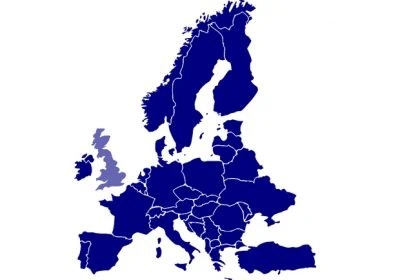
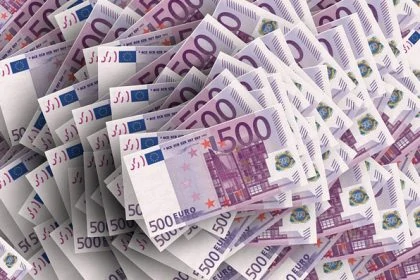

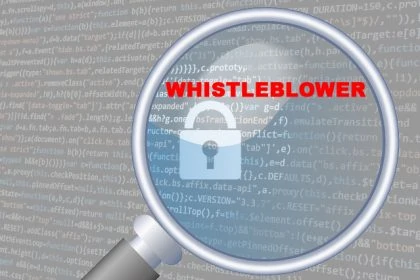
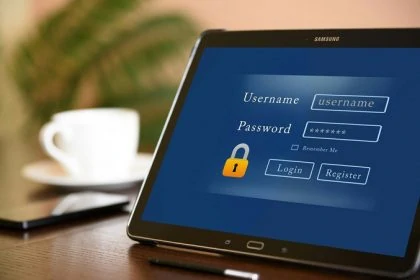
Leave a Reply